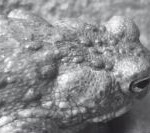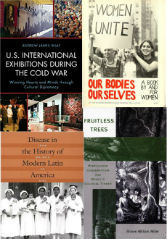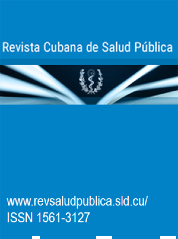November 2022

Figure 1 Caricature of Clemente Onelli, director of Buenos Aires Zoo between 1904 and 1924 (Caras y Caretas, n.529, 1908, p.56)
On June 23, 2016, the Jardín Zoológico de Buenos Aires (JZBA) ceased to exist. For years the private company that ran the zoo had been accused of mistreating the animals, and public outcry forced the municipal authorities to intervene.
A century earlier, the JZBA had a different reputation. Under the directorship of Clemente Onelli (1904-1924), the Jardín Zoológico de Buenos Aires became known for its innovations in animal keeping and as a supplier of Latin American fauna. Onelli was praised for turning the zoo into a major public attraction with over one million visitors annually, as well as for transforming it into a place for innovative scientific research.
The article A global player from the South: the Jardín Zoológico de Buenos Aires and the transnational network of zoos in the early twentieth century argues that despite its seemingly peripheral geographical location, the institution was firmly integrated in the global network of zoological gardens.
Its author, Oliver Hochadel, researcher at Institució Milà i Fontanals de Investigación en Humanidades and Consejo Superior de Investigaciones Científicas, utilizes a transnational perspective to tease out the numerous, multidirectional exchanges of animals and knowledge between the Jardín Zoológico de Buenos Aires and Northern metropolises.
In the context of the dossier Cultura Material de la Ciencia Iberoamericana: museos jardines y gabinetes científicos, this article attempts to reconstruct the international connections and exchanges of the JZBA around 1910. It will look at the circulation of objects – in this case, living animals. In what ways did they move between Latin America and the rest of the world? How did a young bison from North America, a hippopotamus from Africa, a flock of 20 Karakul sheep from Central Asia, and a pair of Tasmanian devils from Australia make their way to Buenos Aires? And what did the JZBA have to offer zoos in Washington, London, Hamburg, or Vienna in return? The article also looks at the exchange of knowledge.
The article points out that the case of the JZBA and its transnational network before First World War provides a new viewpoint on a phenomenon called the “global zoo.” By 1910, the JZBA had firmly established itself in the transnational networks of zoos, animal trade and acclimatization schemes, as well as zoological research and scientific diplomacy. The JZBA was thus a global player from the South.
Read aboud zoos and the history of animals in HSC-Manguinhos:
The scientist as historian: Paulo Vanzolini and the origins of zoology in Brazil
Cultura material de la ciencia Iberoamericana El dossier pretende fortalecer una red de investigadores regionales sobre temas como la producción y circulación de conocimiento en torno a museos, jardines y gabinetes científicos en América Latina y la Península Ibérica.
Some directions of the Global History of Science Matheus Duarte is a post-doctoral research fellow at the University of St Andrews. See this interview with him.
Los animales en la historiografía de América Latina Una entrevista con Germán Vergara sobre la historia de los animales como disciplina y los enfoques historiográficos predominantes en América Latina.
Human and nonhuman territories In this interview to the blog of HCS-Manguinhos, historian Frederico Freitas talks about the spatial perspective in the interaction between human and nonhuman animals and the historical importance of Iguazú and Iguaçu national parks at the border of Brazil and Argentina.
Fauna nativa enjaulada La geógrafa Claudia Leal reconstruye la historia de tres de los principales zoológicos colombianos, lo que le permite reflexionar sobre la relación de nuestras sociedades con el mundo natural.
Museums contributed to extinction of only Central American seal The Caribbean monk seal (Monachus tropicalis), the only seal species native to Central America, was declared extinct in 2008. This article traces how collection practices by museums, zoos, and aquariums contributed to its extinction.
The history of relationships between animals This dossier brings together a diversity of themes, authors, institutions, and methodological approaches on the history of animals, especially in Latin America.








